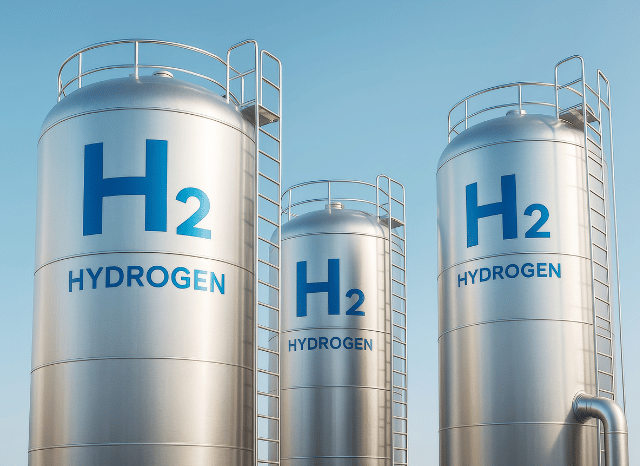
Oman, Germany, plus the Netherlands have signed a groundbreaking settlement that would reshape Europe’s Power landscape, ushering in a completely new era of inexperienced hydrogen imports from the Middle East.
A bold move in the worldwide Power transition is taking condition in between Oman and Europe. A historic agreement signed before this calendar year paves the way for one of several earth’s to start with significant-scale hydrogen corridors—linking Oman’s extensive renewable methods to Germany’s industrial hubs through the Netherlands.
The Main of this initiative is environmentally friendly hydrogen—produced by splitting h2o by electrolysis powered by photo voltaic or wind Vitality. This form of hydrogen has attracted global fascination for its prospective to decarbonise sectors which are if not tough to electrify, such as hefty transport, steel creation, and energy storage.
Oman, leveraging its sunny local weather and ambitious national approach, aims to become a top rated world exporter of green hydrogen by 2030. Forecasts recommend the region could develop nearly one million tonnes of inexperienced hydrogen per year by the tip of the 10 years. A essential portion of this approach will involve liquefying the hydrogen to facilitate abroad transport.
Enter the hydrogen corridor: a prepared maritime and logistics route ranging from the port of Duqm in Oman, extending to your ports read more of Amsterdam and Duisburg. Specialised cryogenic tankers, just like Individuals Employed in LNG transport but adapted for hydrogen’s A lot lessen temperatures, will carry the gas. European ports are already planning the mandatory infrastructure get more info to receive, retail outlet, and distribute the cargo.
This corridor is not only a logistical feat—it’s a strategic a person. For Germany, and that is trying to cut down dependence on fossil fuels and diversify its Power mix, the imports could enable fulfill its target of bringing in ten million tonnes of renewable hydrogen by 2030. The corridor also aligns with broader EU sustainability objectives and industrial decarbonisation efforts.
The task’s importance lies not just in its scale, but also in its replicability. Like LNG just check here before it, liquid hydrogen could shortly go across continents, breaking cost-free from the constraints of set pipeline networks. And Oman isn’t on your own. Other initiatives—including Spain’s Basque Hydrogen Corridor as well as the Central European Hydrogen Corridor—may also be creating the spine of the upcoming hydrogen economy.
The Basque challenge focuses on integrating generation, distribution, and industrial use inside of northern Spain. Meanwhile, the Central European route ideas to repurpose current fuel pipelines to hold hydrogen from Jap Europe to Germany, even more cementing the location’s function from the hydrogen changeover.
If effective, these attempts could mark A significant wind energy milestone in decarbonising Europe’s significant industries and transportation networks—driven via the sun and wind of distant deserts.